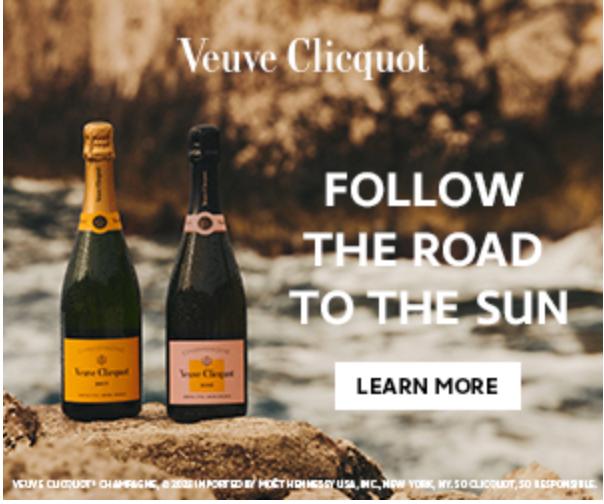The Red Hot Chilli Pipers Play NY’s Patchogue Theatre March 3
It’s Bagpipes. It’s Rock. It’s Bagrock. AC/DC meets the poet Robert Burns. Where rock anthems sit comfortably alongside the great tunes from the glens and the mountains of Scotland.
It’s The Red Hot Chilli PIPERS – (NOT the Peppers!) – a 9-piece ensemble consisting of pipers, guitarists, keyboards, and drummers — who have been rocking the world from New York to Beijing to Melbourne and everywhere in between with musicianship of the highest order and a passion for pipes that will leave you breathless. The band has four music degrees from the Royal Scottish Academy of Music and Drama and all the pipers and drummers have played at the top level in bagpiping.
Tickets here: The Red Hot Chilli Pipers Play NY’s Patchogue Theatre
Since they walked away with the top prize on the primetime TV talent show, “When Will I Be Famous” in the U.K. in 2007, the Red Hot Chilli Pipers haven’t stopped for a breath, other than to inflate their bagpipes! Formed in 2002, The Chillis have fast become a global phenomenon, taking their signature ‘Bagrock’ sound to the masses with their unique fusion of rocked up Bagpipes and clever covers of popular songs from all genres. Their trademarked sound is a unique fusion of traditional pipe tunes – like “The Flowers of Scotland”, “The Hills of Argyll”, and “Amazing Grace” (done Chilli-style, of course!) — and contemporary anthems like Queen’s “We Will Rock You”, “Clocks” by Coldplay, “Chasing Cars” by Snow Patrol, “Let Me Entertain You” by Robbie Williams, and a fantastic rock medley of “Deep Purple”, “Smoke on the Water”, and AC/DC’s “Thunderstruck”.
Fun facts about the Chillis:
- Over 2.5 million views on YouTube of their viral cover of the Avicci track ‘Wake Me Up’
- Gold record for over 100,000 UK sales of their first album “Bagrock to the Masses”
- Triple platinum album status for third album and DVD – “Blast Live”
- Awarded twice for “Best Live Act in Scotland”
- Sold out tours in the UK, USA, China Australia, New Zealand, Germany, Denmark, France, Spain, Belgium, Portugal, Ukraine, Dubai, Saudi Arabia, and India
- Regular performances for A-List showbiz, sports stars and royalty – including Ewan McGregor, Sir Paul McCartney, Gary Player, Samuel Jackson and Her Majesty the Queen
- Over 250,000 Facebook followers and a very active Twitter following of thousands of fans
The Chillis have never been more in demand for their infectious style of feel-good music which appeals right across the age range to people all over the world. Theirs are the very best musicians from Scotland and across the globe – many holding World Champion titles and all serious players with impressive credentials and qualifications. There has never been anything quite like The Red Hot Chilli Pipers. Feel the Chilli heat: It’s time to come closer to the fire!




Patchogue gets a slot of surprisingly good shows